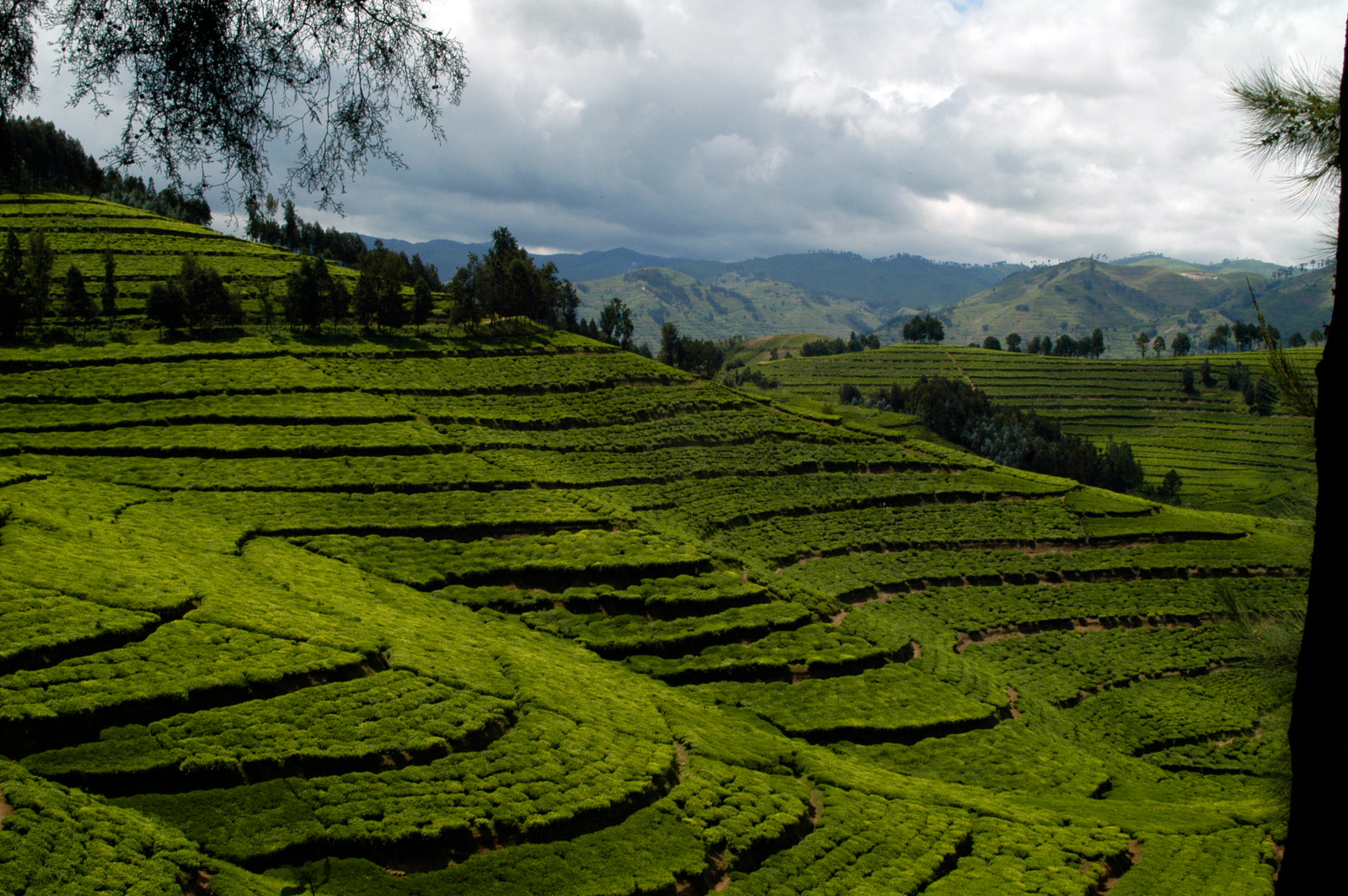What is Peppermint?
Peppermint (Mentha piperita ) is an aromatic perennial plant that grows to a height of about 3 ft (1 m). It has light purple flowers and green leaves with serrated edges. Peppermint belongs to the Lamiaceae family and grows throughout North America, Europe and Asia. There are more than 25 species of true mint grown throughout the world.
The plant is harvested when the oil content is highest. When ready for harvest, it is always collected in the morning before noon sun reduces the leaf essential oil content. This generally takes place shortly before the plant blooms, which occurs in the summer (July through August) or during dry, sunny weather. The United States is responsible for producing 75% of the world's supply of peppermint.
History
Peppermint is a natural hybrid of water mint (Mentha aquatica) and spearmint (Mentha spicata ) and was first cultivated in England in the late 17th century. The herb has been used as a remedy for indigestion since Ancient Egyptian times. In fact, dried peppermint leaves were found in Egyptian pyramids dating back to 1000 b.c. The ancient Greeks and Romans valued it as a stomach soother. During the eighteenth century, peppermint became popular in Western Europe as a folk remedy for nausea, vomiting, morning sickness, respiratory infections, and menstrual disorders. Peppermint was first listed in the London Pharmacopoeia in 1721. In modern times it appears in the British Herbal Pharmacopoeia as a remedy for intestinal colic, gas, colds, morning sickness, and menstruation pain.
It's Abundant
Peppermint is fast growing. The herb grows 2 to 3 feet tall and blooms from mid to late summer, sprouting purple to white flowers and dark green, fragrant leaves. Once it sprouts, peppermint spreads very quickly and could be invasive. For the home gardener, peppermint is often grown in containers to restrict rapid spreading.
Peppermint acts as a good companion plant or insecticide, repelling pest insects and attracting beneficial ones. Care should be taken, however, when planting this mint variety near other plants. Due to its rapid growth, it tends to take over.
Harvesting the leaves of this fast-growing plant can be done at any time. Fresh leaves should be used immediately or stored up to a couple of days in plastic bags within a refrigerator. Mint leaves can also be frozen in ice cube trays for use later in drinks or culinary applications. Dried mint leaves should be stored in an airtight container and placed in a cool, dark area away from moisture.
It's Practical
Because of its high menthol content, which gives peppermint its characteristic aroma and flavour, the leaves are harvested, and its oils extracted for use as a flavouring in many things from medicinal to cleaning products. Here at Redber we love it for Peppermint Tea! Great as a morning pick me up or a calm soothing evening drink after a meal.
Check out our Peppermint Teas here!
Love Tea? Check out our ranges of Tea Equipment and Teas?
Sources: Encyclopedia.com

